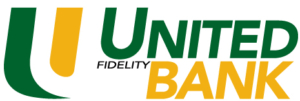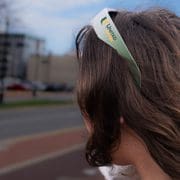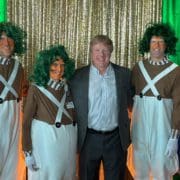On April 8th, 2024, we will get to experience an incredible natural phenomenon – a Total Solar Eclipse. To determine where you are in the path of totality, visit nationaleclipse.com.
What is a Total Solar Eclipse?
A Total Solar Eclipse occurs when the moon passes between the sun and the earth causing the moon to completely block out the face of the sun. Because the moon passes in front of the sun, a night-like shadow is cast onto Earth for a few minutes turning day to dusk. The shadow of the moon will allow us, the viewers, to see the Sun’s corona – the outer atmosphere – which we are otherwise unable to see due to the bright face of the sun. People who are not in the path of totality will experience a partial solar eclipse.
Other types of solar eclipses…
You may recall other solar eclipses occurring during your lifetime. According to NASA, a Total Solar Eclipse is one of four solar eclipse types. Other types of solar eclipses include Annular, Patrial, and Hybrid. The type of eclipse that occurs depends on how the moon aligns with the path of the sun and the Earth. Learn more about the four types of eclipses at science.nasa.gov/eclipses/types.
Total Solar Eclipse Eye Safety
While you may be tempted to watch the eclipse with a regular pair of sunglasses, this can be dangerous and cause severe eye injury. Specialized solar-viewing glasses, or “eclipse glasses,” are thousands of times darker than normal sunglasses and will protect your eyes through the entirety of the event. If you are viewing the eclipse through a camera lens, telescope, binoculars, or other optical device, be sure you have the proper eye-protection gear. Ensuring you have proper eye protection during a solar eclipse can allow for a more enjoyable experience.






